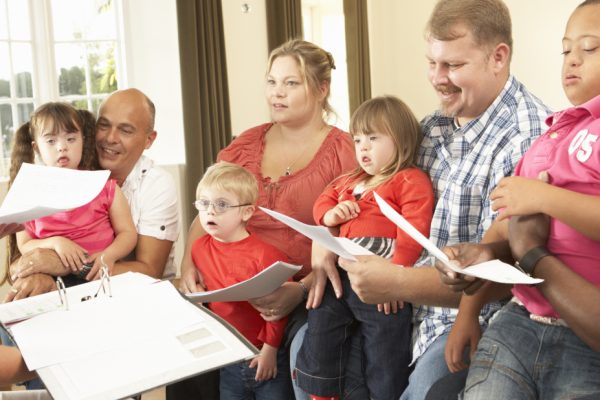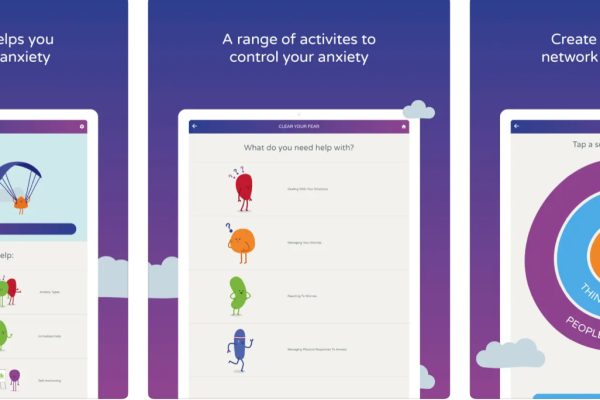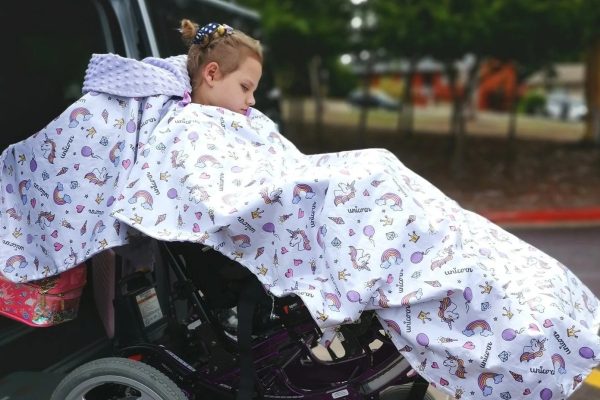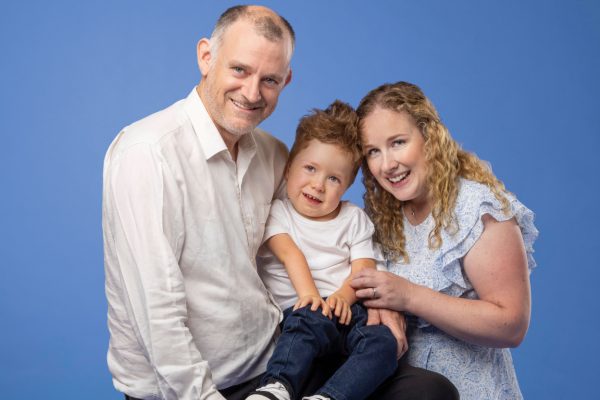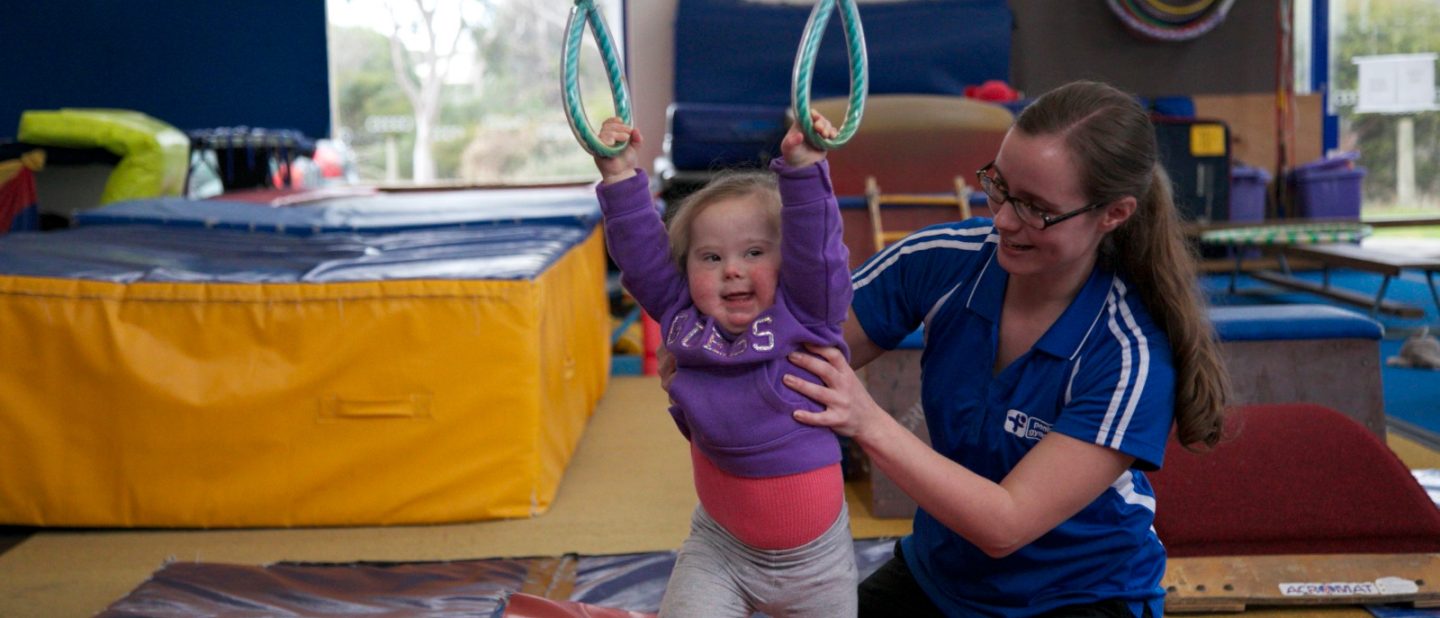
How does gymnastics benefit children with disabilities?
Gymnastics is a beautiful sport. But it’s not just the grace, power and aerobic displays that make it so wonderful. As a sport with immense variety and opportunity, gymnastics is accessible for a range of ages and abilities – making it one of the most popular sports in Australia.
For children with disabilities, the sport offers incredible benefits due to the fundamental movement skills taught throughout all programs.
These skills are the building blocks for movements that will help a child throughout the course of their life. Often, gymnastics can serve as a complement for children undergoing therapy with allied health specialists.
Some of the many benefits of gymnastics for children with disabilities include:
- Develops gross motor skills, proprioception, gross motor planning
- Develops confidence
- Creates positive environments for social interaction
- Engages participants in safe risk taking
- Promotes flexibility, strength, balance and coordination
- Supports kids at school by working on skills such as listening, collaborating, following instructions and sitting on the floor with others
- Allows participants to set their own goals within the sport
- It is self-paced, meaning gymnasts can progress comfortably in their own time
- Opens opportunities with various competition pathways available
- Allows for greater social awareness through inclusion, and teaches peers to be more understanding that not everyone is the same
- Supports whole families to participate in activities with the wider community
WHAT SORT OF PROGRAMS ARE AVAILABLE?
Every state will vary in its offerings, however some of the most popular types
of programs fall under the Gymnastics for All category. This includes KinderGym for 0-5 years olds, GymAbility and a mix of integrated and specialised classes for kids with disabilities.
KinderGym: A national program for children under 5, KinderGym usually involves a child participating in gymnastics classes with their parent or caregiver. The program has been developed to align with the principles of physical literacy and early child development, while combining the fun
of play-based learning and offering children a chance to challenge themselves in a safe and exciting environment.
GymAbility: GymAbility aims to support participants of all ages and abilities to enjoy movement and mobility. The program focuses on each participant’s needs to create activities that celebrate what each individual can achieve. While most classes are recreational, some states offer competitive pathways, such as NSW’s AcroAbility program.
Special Olympics Gymnastics: Gymnastics participants join one of many sports within the Special Olympics organisation, which has been designed to serve athletes with intellectual disabilities. Athletes can join from a young age and, if they wish, train to compete at state, national and international competitions. Gymnasts can choose between three disciplines: Men’s Artistic, Women’s Artistic or Rhythmic Gymnastics.
TeamGym: This program combines parts of tumbling, mini trampoline and dance to create an exciting team competition event. It’s an inclusive program where groups of six to 12 members perform together at different levels (novice, intermediate and advanced), based on gymnasts’ competencies.
State-based programs: For example, Aerobase is a Victorian-based program designed to introduce participants to aerobic gymnastics in schools. This program is in line with the guidelines and criteria of the Movement and Physical Activity components of the current Victorian Curriculum for Health and Physical Education for Students with Disability.
Meanwhile, in NSW, the state’s governing body has partnered with Everyday Independence to provide extra therapist-based support within the gym environment.
FROM PARTICIPATION TO EMPLOYMENT
Aside from joining a gymnastics program as an athlete, people with disabilities have found themselves in rewarding careers as gymnastics coaches.
HOW DO YOU GET STARTED?
Families and individuals are encouraged to contact their state’s governing body, to be linked to a suitable affiliated gymnastics club, or learn more about becoming a coach. Alternatively, head to the Find a Club function on the Gymnastics Australia website gymnastics.org.au
Gymnast Profile:
Brielle Mann | 16 Coach and rhythmic gymnast
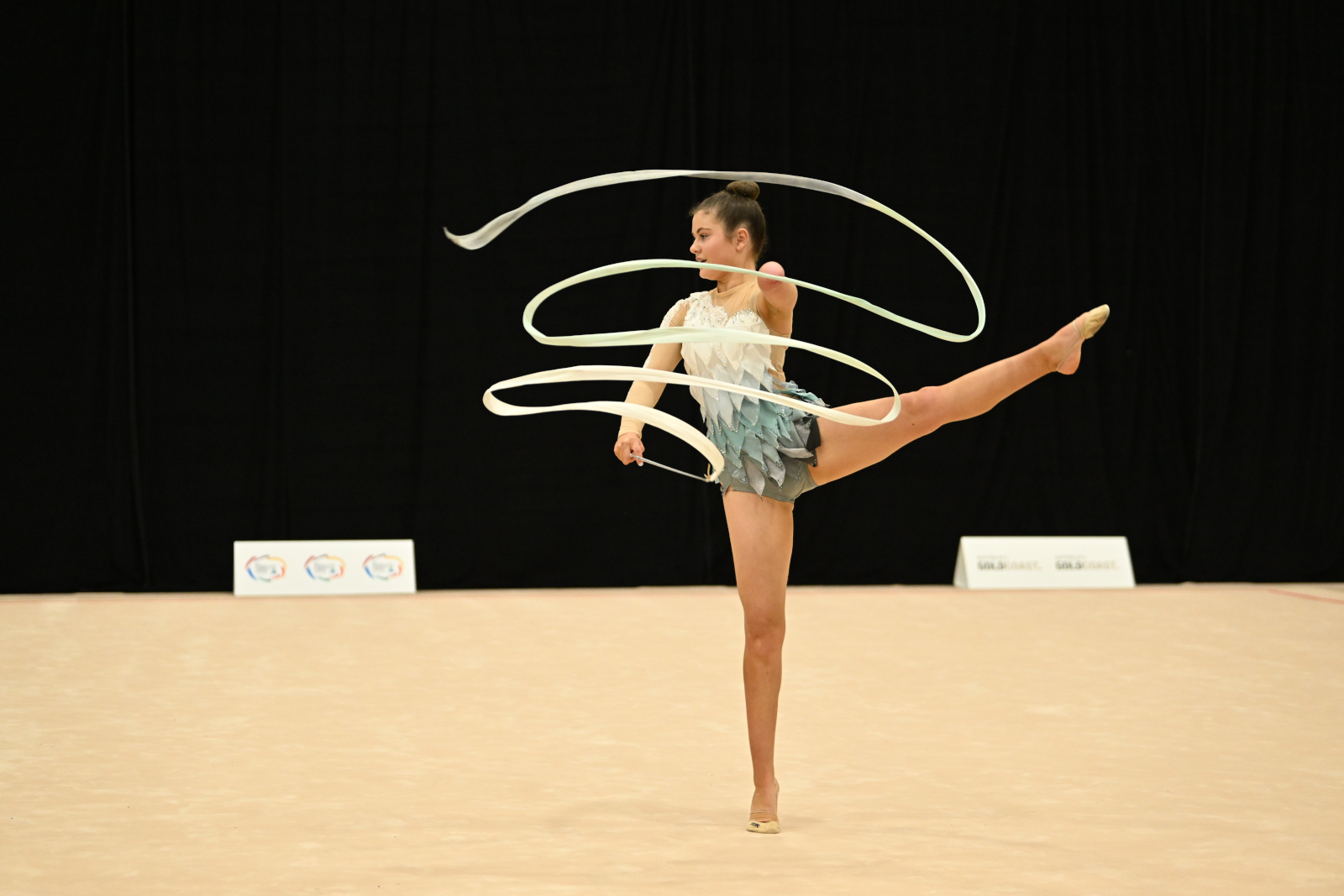

WHAT DO YOU LIKE MOST ABOUT GYMNASTICS?
My most favourite thing about gymnastics is the amazing people that it surrounds me with. I have made some of my closest friends through gymnastics and the supportive environment that it creates has helped me grow and improve over the years.
TELL US A LITTLE MORE ABOUT YOUR GYMNASTICS JOURNEY.
I am currently 16 years old, and I first started gymnastics in a gym fun class when I was three. I moved into rhythmic gymnastics when I
was five and while I was also doing dance classes. After a few years I began to focus solely on rhythmic because I found I enjoyed it the most. I started competing when I was seven and I have since competed in lots of competitions individually and in groups, working my way up to my current level – Level 9.
WHAT ARE YOUR GYMNASTICS GOALS?
My goal for gymnastics is to continue to compete in competitions and improve my skills. I have also recently started coaching and judging and I look forward to further exploring the sport from outside the competition floor.
HOW DO YOU FEEL WHILE DOING GYMNASTICS?
Whether it is a training session that I have been looking forward to all day, coaching a younger squad or a competition coming up that I am excited about, gymnastics has always been something that makes me feel happy, supported and encouraged.
NSW: [email protected] | VIC: [email protected] | QLD: [email protected] | SA: [email protected] | WA: [email protected] | TAS: [email protected] | NT: [email protected] | ACT: [email protected]



